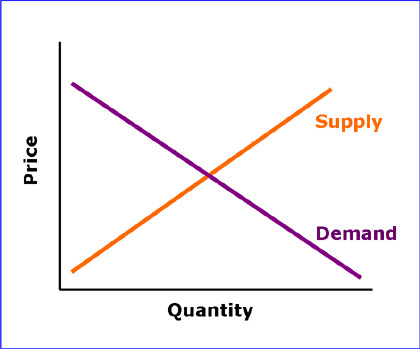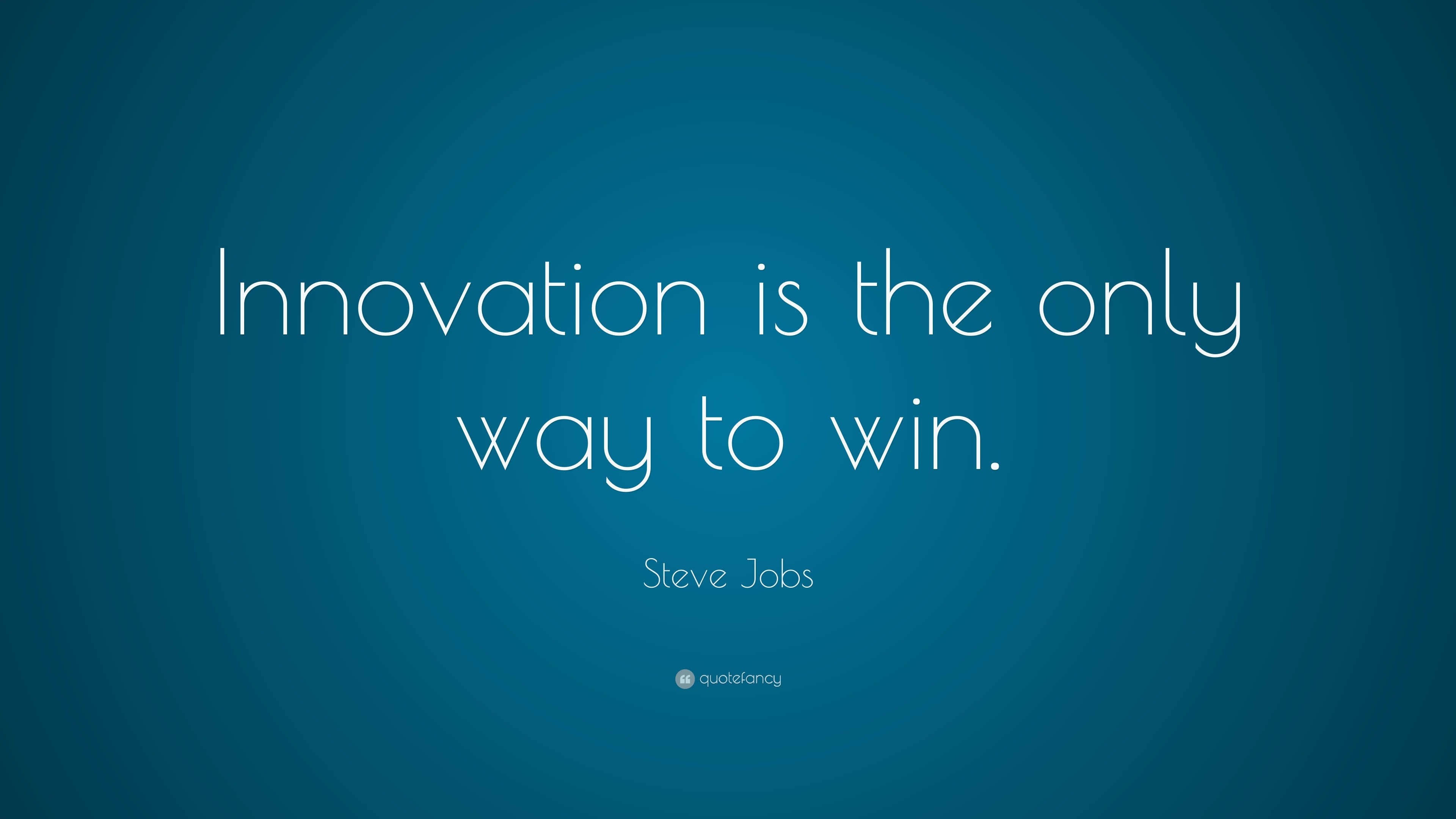At last, this is a topic that I hold near and dear to my heart but one I typically shy away from--especially when talking with Montanans. However, I would like to take advantage of this blog platform to discuss one of the perplexing consumer behaviors I have experienced...... gun ownership.
Just to get it all out in the open, I am all for gun control. I think it is ridiculous that there are enough guns in this country for every citizen to have TWO and would love to see more regulation and rules. However, rather than just looking at just my perspective, I would like to compare the behaviors and attitudes between the USA and other first-world countries such as Australia.
First, the USA:
Starting with our 2nd Amendment which grants us the right to bear arms, Americans have quite the love-affair with firearms. 5.5 million firearms are made in the US every year and in 2014, 31% of American households reported having a gun.
Especially in Montana, where gun ownership is over 50%, people are keen to own their weapons either to hunt, protect, or to "fight the bad guys".
However, our guns are getting out of control. America is top of the charts by far when it comes to firearm homicides and school shootings.
| Comparison of firearm homicides |
 |
| School shooting incidences around the world |
Americans are quick to defend their guns after seeing such statistics saying "guns don't kill people, people kill people" or "we need our guns to protect ourselves against the bad guys".
However, in other developed countries, people question these reasons and think that less guns would make for less gun violence.
In 1996, a gunman opened fire on tourists in a resort in Tasmania and killed 35 people. 12 days later, Australia enacted gun-control measures and did a buyback of more than 600,000 semi-automatic shotguns and rifles. The government also required that all weapons be individually registered and to present a genuine reason when purchasing a weapon (self-defense does not count). Between the years of 1995 and 2006, homicides by firearm plunged 59% in Australia -- with no corresponding increase in non-firearm-related homicides.
These different behaviors towards guns around the world is perplexing to me. I do not understand why one country views guns as the solution to gun violence while other countries view guns as the problem and what causes there to be such a drastic difference. The only reason I can identify to account for these differences is fear. Fear is such a powerful force and has the ability to alter behavior drastically. Americans are constantly surrounded by media that is telling us who the bad guys are and how they are out to get us. In response, we feel the need to be afraid and protect ourselves. We are also faced with strong nudges (more like shoves) from the NRA to be anti-gun control and to take up a weapon ourselves.
| A interesting advertising campaign for gun control |
I, like many other Americans (including our President), realize there is a large mountain to overcome when it comes to making any changes to this pro-guns behavior. While ads and simple nudges towards gun control are a start, they are only small dents in the problem. Major reform in government and our constitution are needed which in turn will require a change in American mindset and behavior.
To change this behavior, I would recommend we look at the root of this behavior which is fear. We need to address the fear in our nation in order to bring about real change. Without looking at the root of the behavior, we will only be able to tackle surface level problems and real change will never occur.
What Do You Think: What is your opinion of the state of American gun consumption?









